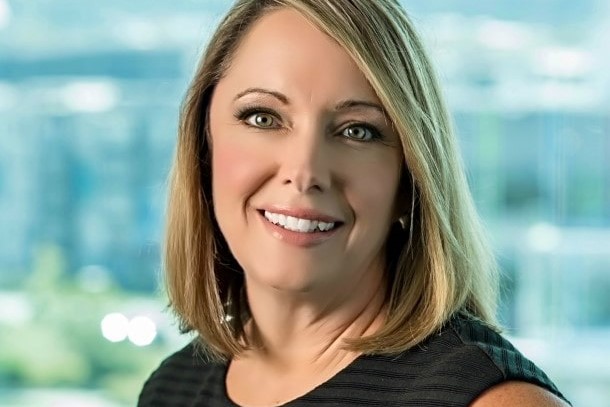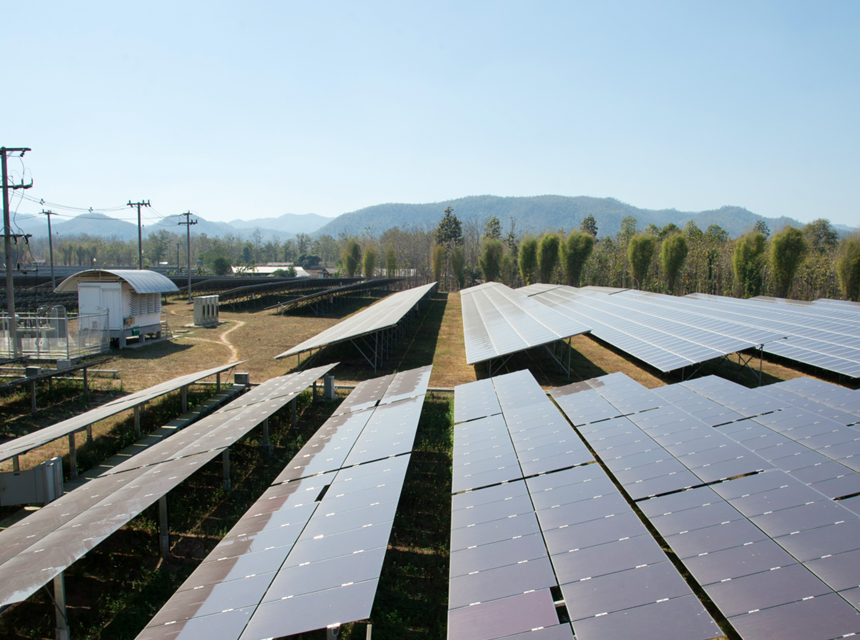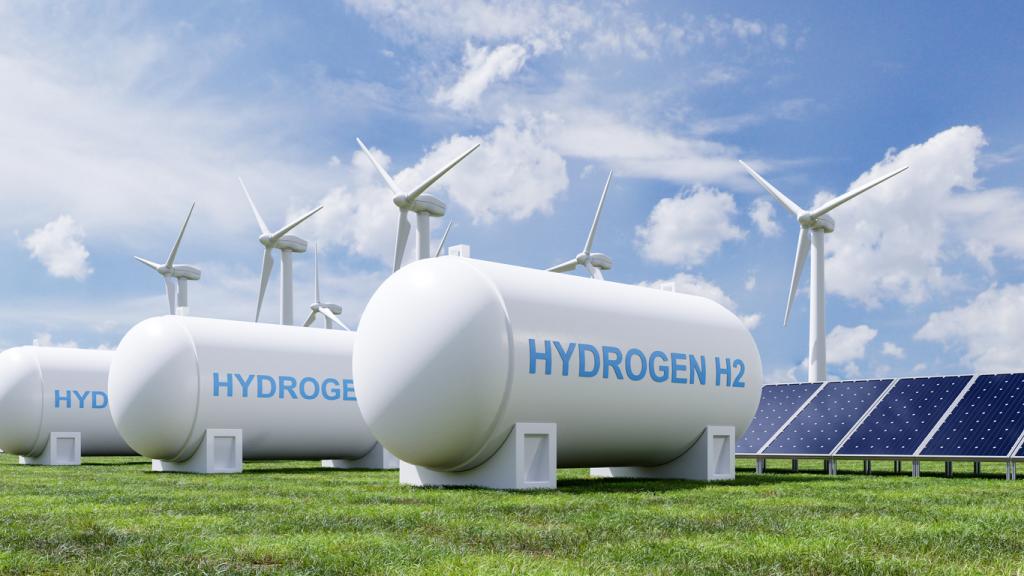
Utility companies are stating that new system investments that were made before the levels of electricity became overwhelming will bring out the value of distributed resources. It is still unclear how distributed energy resources fit into the energy mix that will be needed to transition to clean power. But utility companies and DER advocates agree that figuring this out as soon as possible is important.
This is because DER has a significant technical potential that will play a very important role in achieving 100% clean energy. DER includes rooftop solar, electric vehicles, batteries, smart water heaters, and heat pumps, all of which can replace fossil fuel energy.
Even if DERs can improve the resiliency of the energy system, the new technologies used to manage the resources are expected to be pretty expensive. This will make it difficult to make the services affordable and will also slow down the deployment process. So, significant investment is required.
The Energy Systems Integration Group DER task force released papers in January and August, which stated that the national initiative needed to implement DER should include regulators at the federal and state levels, all types of utilities, and DER advocates.
The goals and regulations surrounding DER differ based on locality, regulation regime, and type of technology. Despite this, distributed energy resources are improving the reliability of energy wherever it is implemented. If the government launches a national initiative to integrate DER into the energy system safely and affordably, it will lead to better jurisdictional autonomy in terms of energy, and stakeholders can take advantage of different opportunities.
To implement DER, the first step will include implementing small changes to the existing DER practices. In the second step, they will have to use the current leading practices to come up with national standards for combining DER with other changes in regulation, system planning, and markets.
By the next step, there should be a new regulation in utility business models. This will be difficult since the power sector is too complex, but the main problem will be deciding who will manage the DER with most of the systems and markets.
The main reason why DER is growing, but there is no increase in system value, is because stakeholders keep on postponing the investments they need to make in grid modernization technologies. These technologies are required to combine with the increasing DER integrations, but the investors wait until they have reached higher levels.
What utilities need to do is gain a better situational awareness of the performance of DER, as this is the best way to get benefits in the system and for the customers. Utility companies should focus on looking at the DER penetration and determining when new technology will be needed.
Utilities are always interested in the best technology to balance out responsibility with reliability. Although DER systems might not need new technology and operations immediately, utility companies should invest now so that they will be ready when the DER integration needs it.
It’s important to note that the growth in DER will be driven by customers. This will make it disorderly because it will benefit customers in different ways and in different locations. Utility companies need to find out the most efficient way to use their investments that will accommodate a customer-centric regulatory approach.
The job of utilities in the emergence of DER is to get the most out of the customer’s assets because DER penetration is a part of the clean energy future. But, doing this will make the distribution system way more complicated than ever, and natural gas prices and inflation continue to contribute to high electricity rates.
To achieve a high-performing and affordable electric system that meets the needs of customers, it is important to form an integrated DER framework. But, most of the DER initiatives ignore cost-effectiveness and the needs of customers but instead focus on customers that are financially capable of stopping using the traditional grid.
Grid defection is possible and will even be affordable if customers use DER to get their own electricity because the cost of DER will fall, and the rates will increase. But, having a general use of DER will lead to flexibility, energy, congestion management, and voltage control.
A general grid defection will be harmful to society and will make energy injustice worse. This is because it reduces the benefits of having a DER system owned by customers, and it will mostly be rich customers enjoying DER while less capable customers are stuck with the system costs.
This is why the ESIG is focusing on building a framework that will allow each local jurisdiction to integrate DER in a way that is ideal for their customers and utility companies.
Another question being asked in the implementation of DER is when to approve technology investments. Should they be approved only as DER penetrations rise or now, in expectation of the future growth of DER?
Although DER is seen to be important in the future, technology is constantly evolving, and there might be other technologies that will also be important. If they only focus on DER, utility companies might miss out on other essential technologies.
Utilities always need to have the best technology for energy distribution, but they only enable the future, which is why the ESIG recommended an evolutionary process of approving the technology investments.
Utilities should have a long-term vision to prepare for DER penetration because when the increased need for this technology happens, it will happen very fast. At the same time, they should not be close-minded about other possible technologies.





